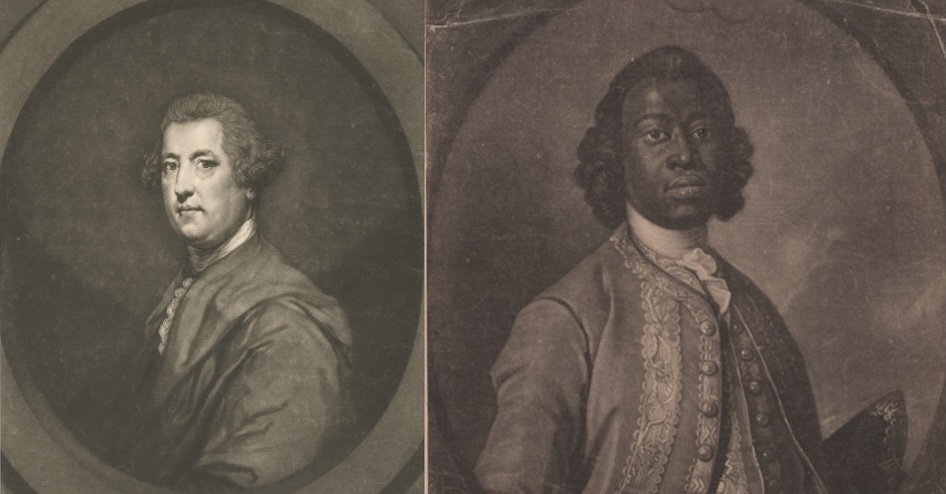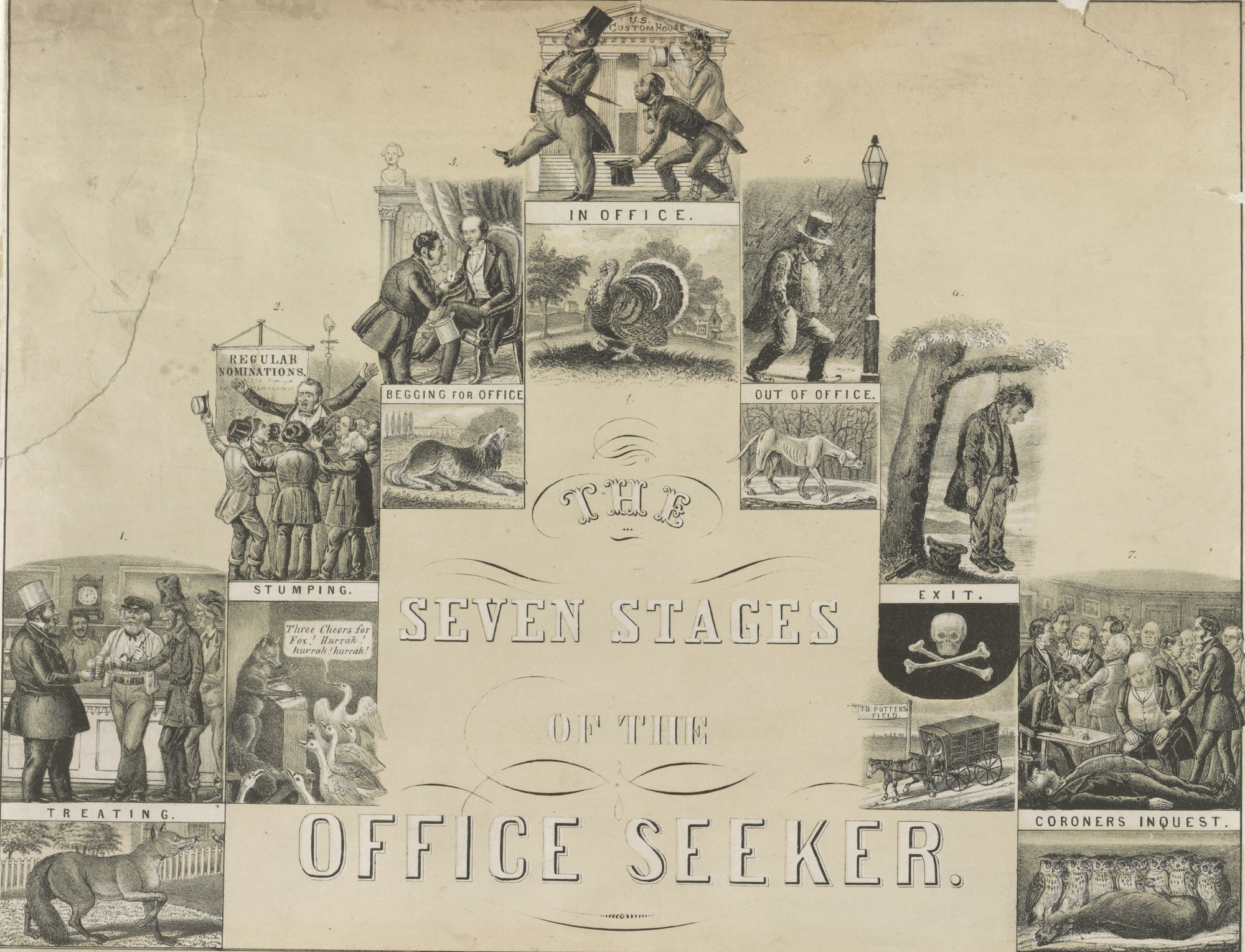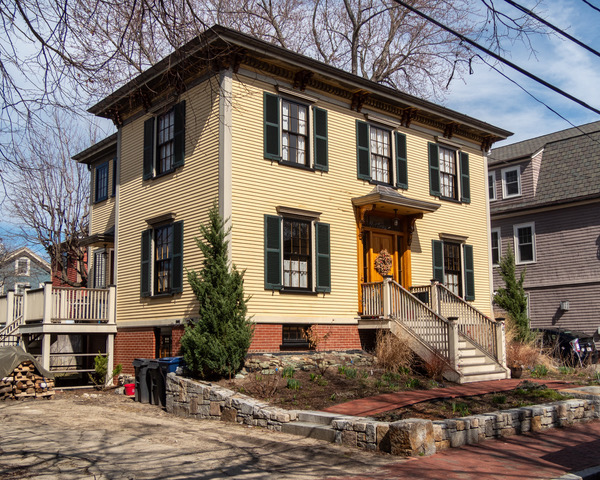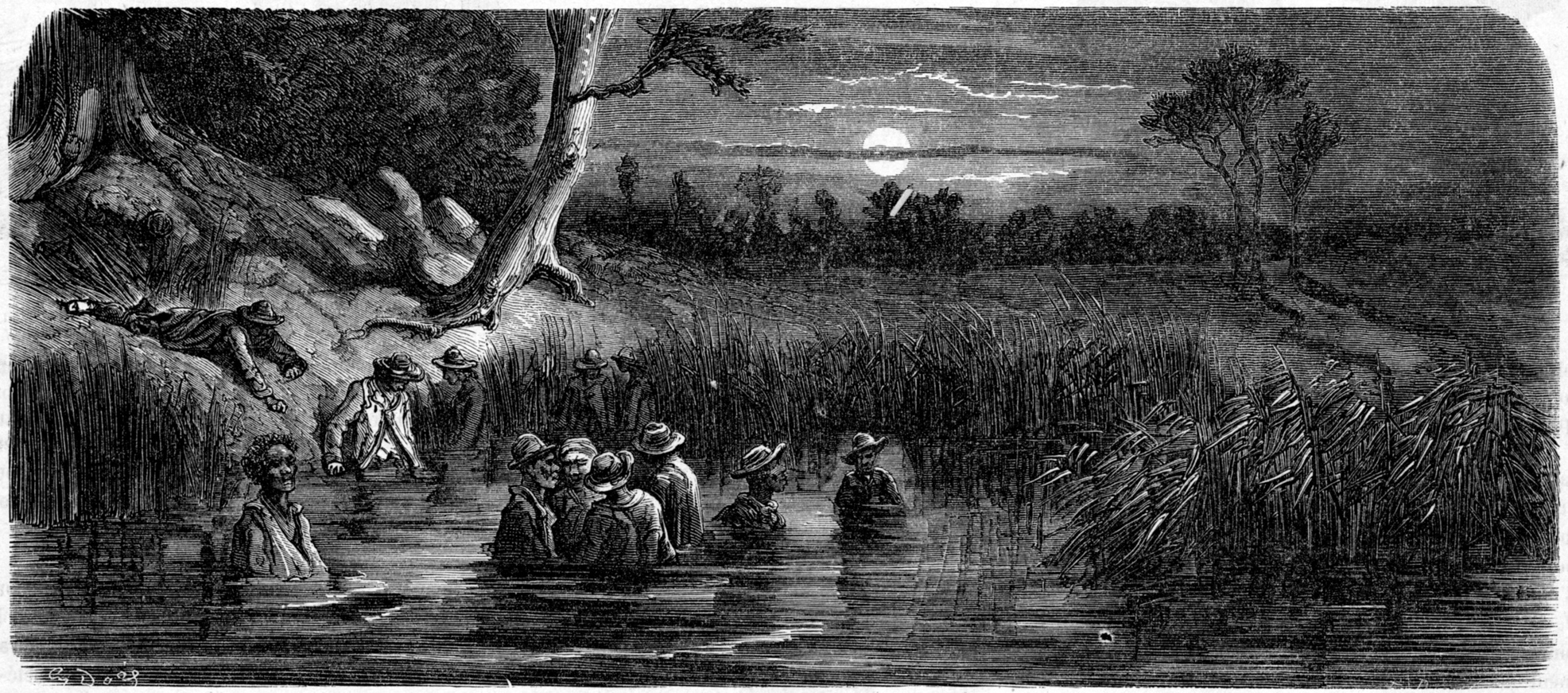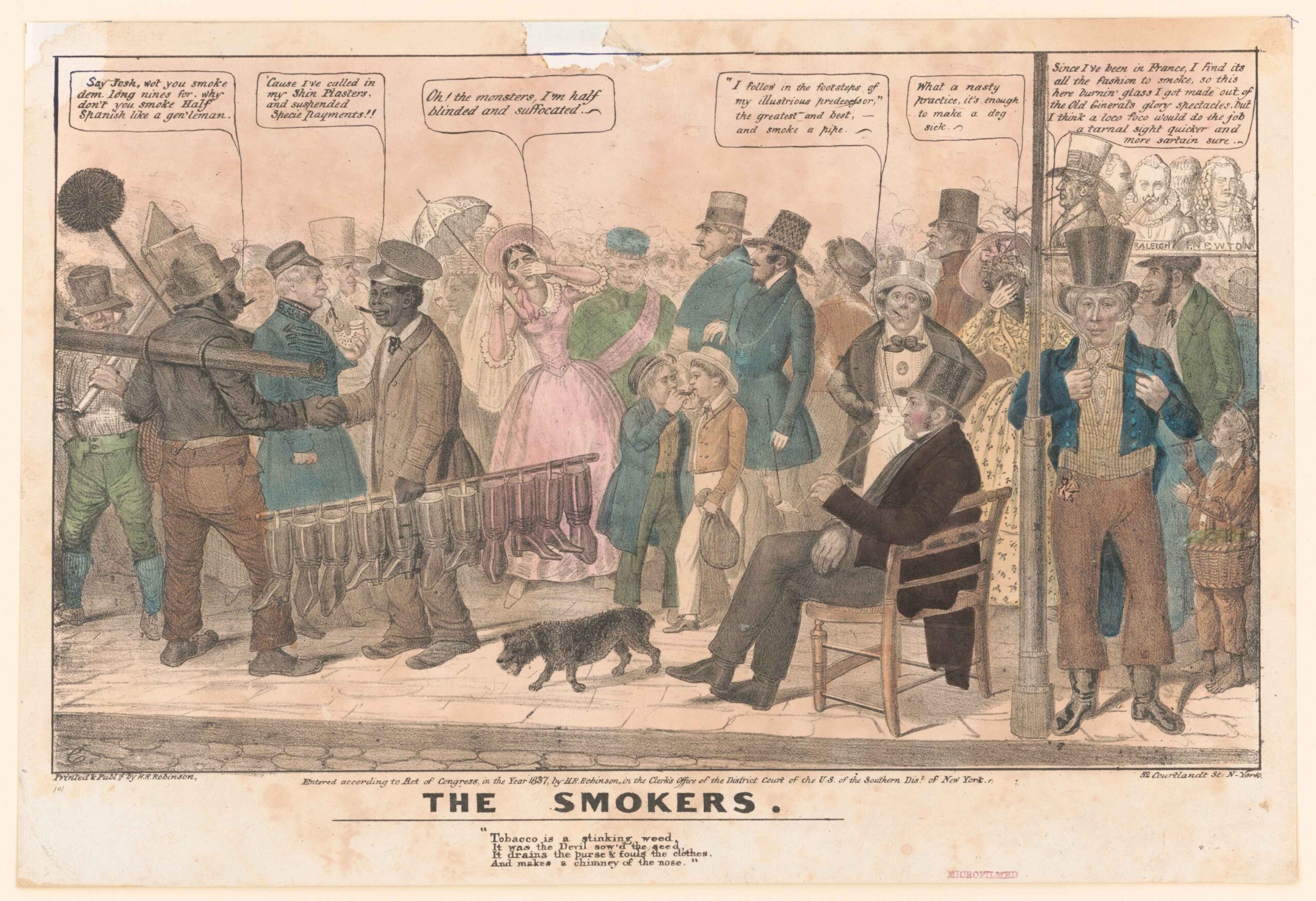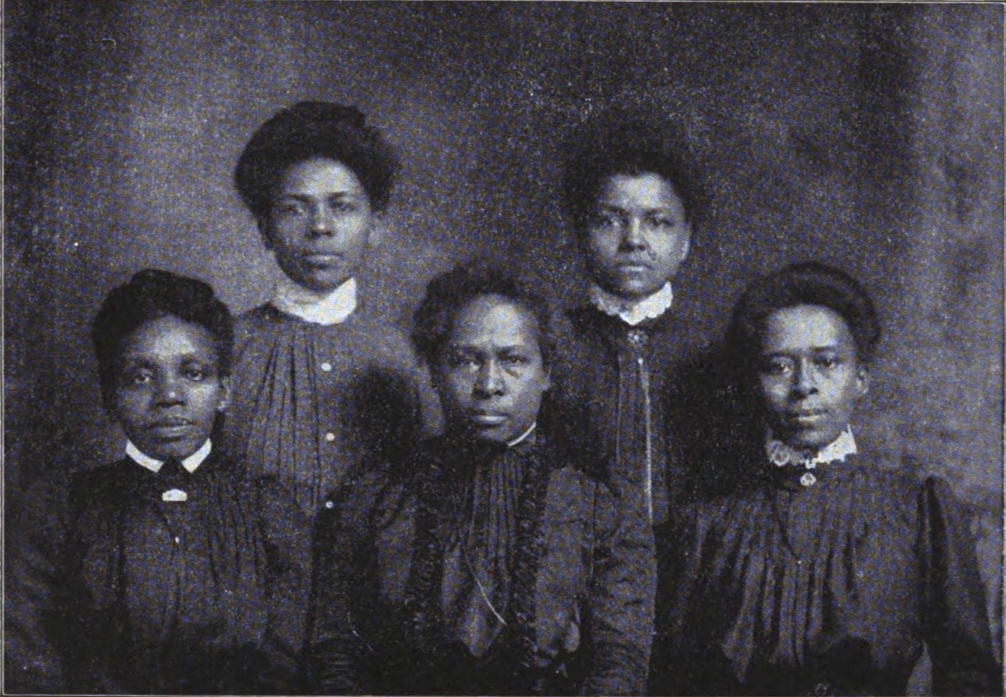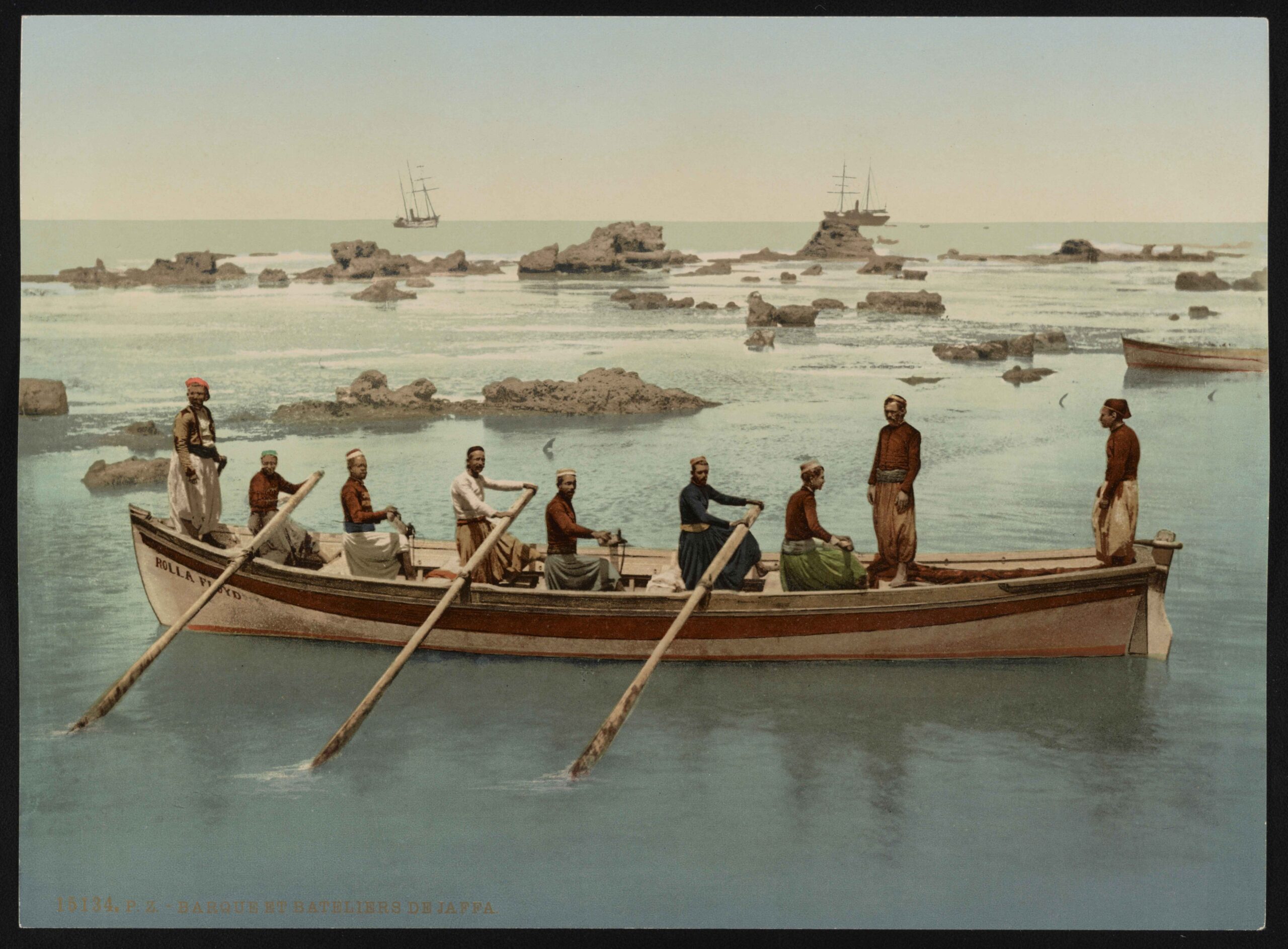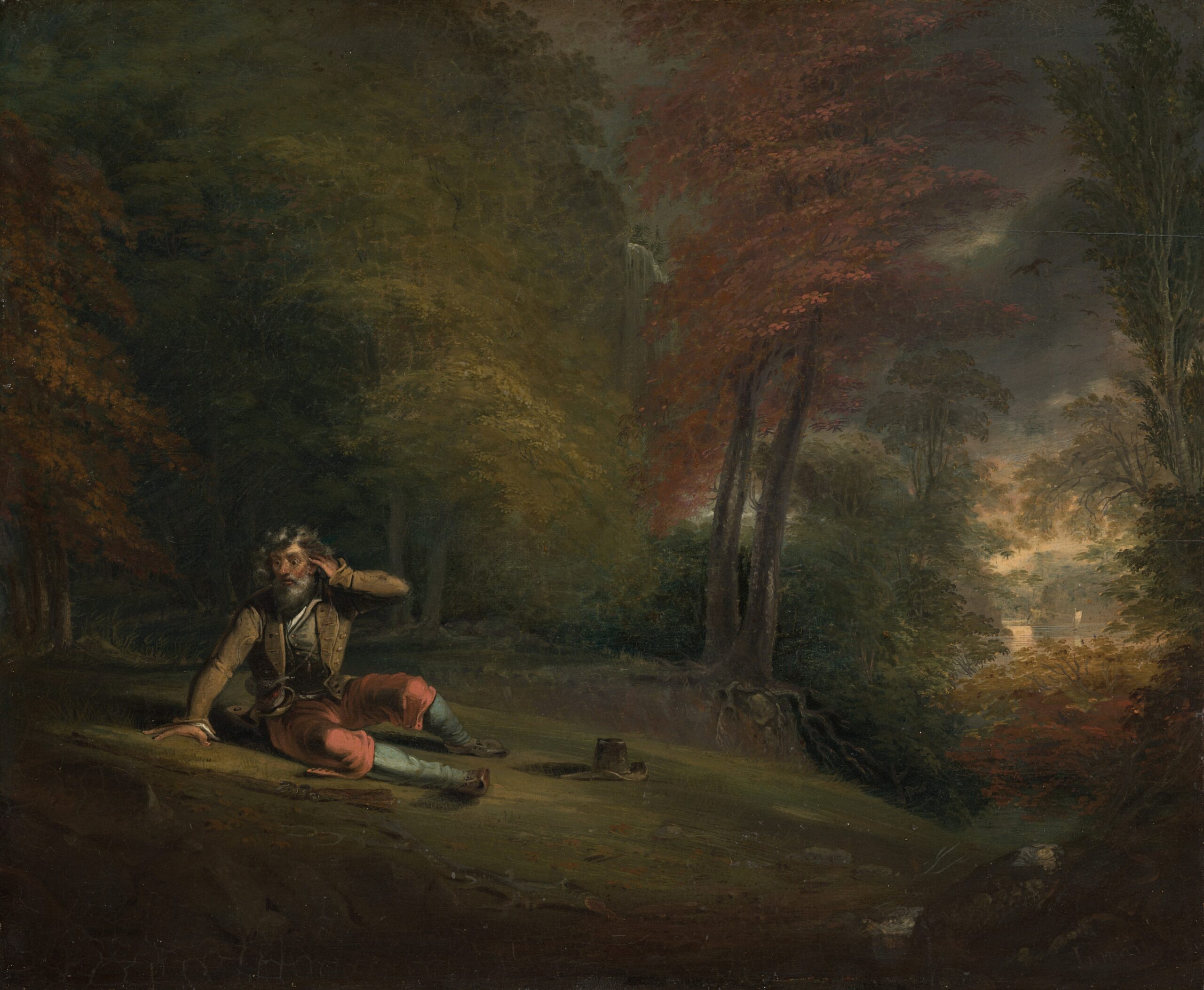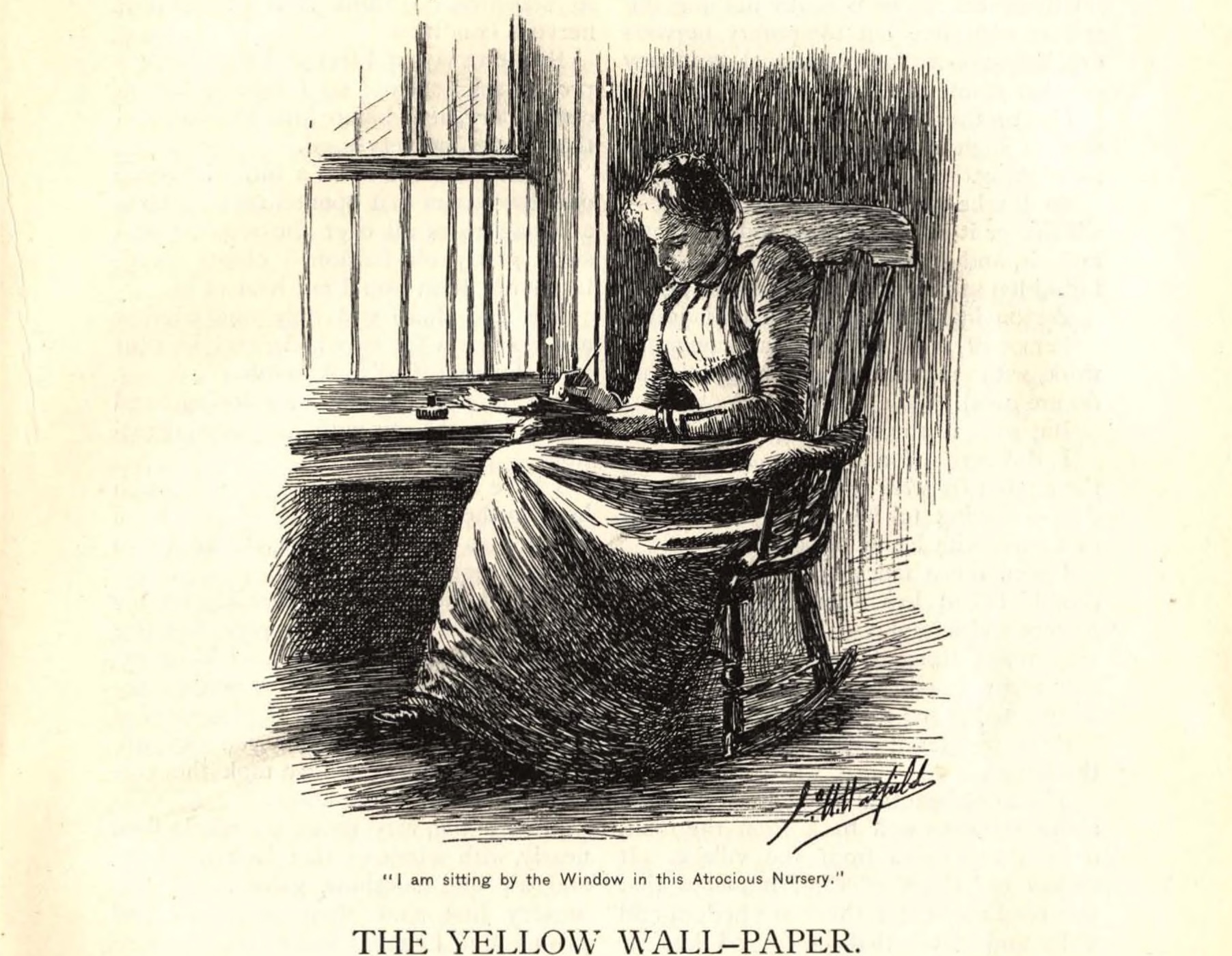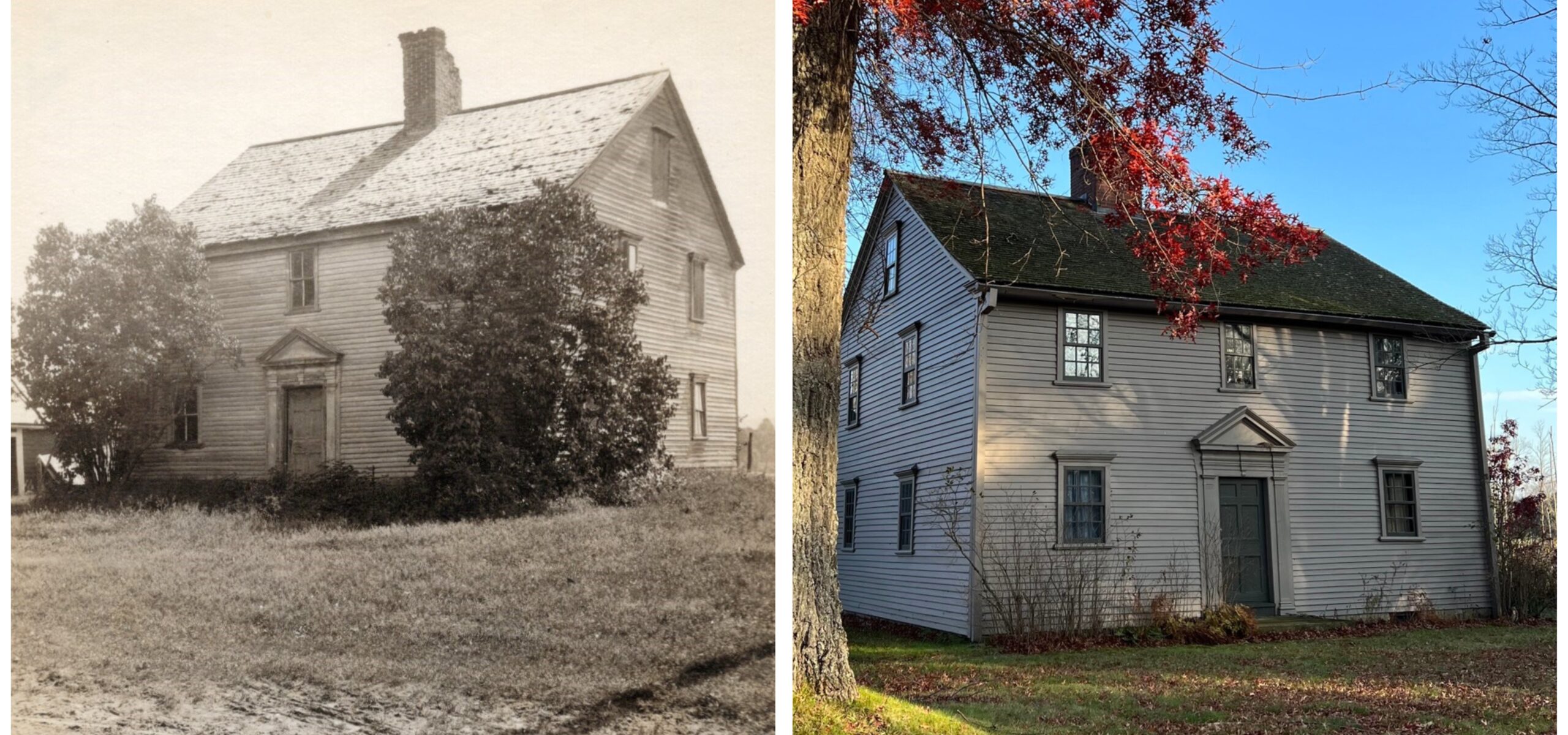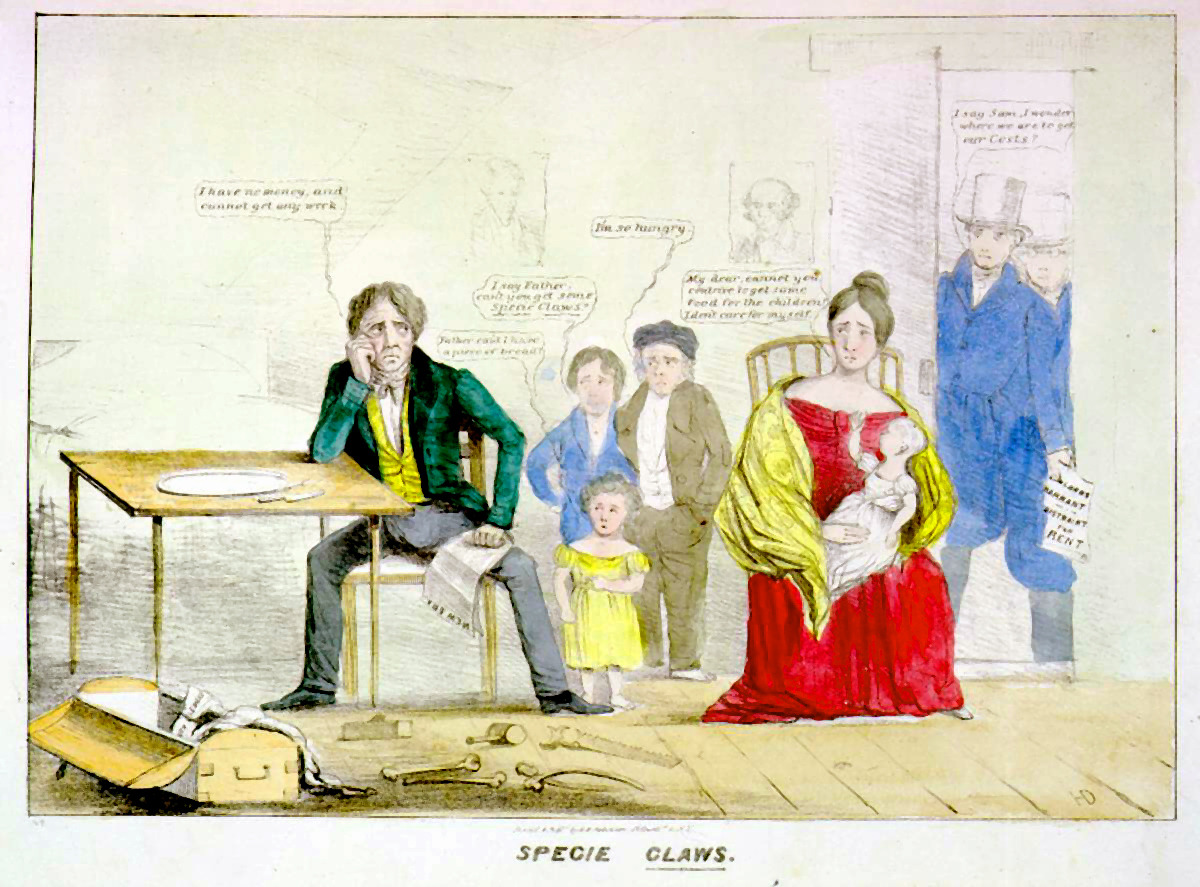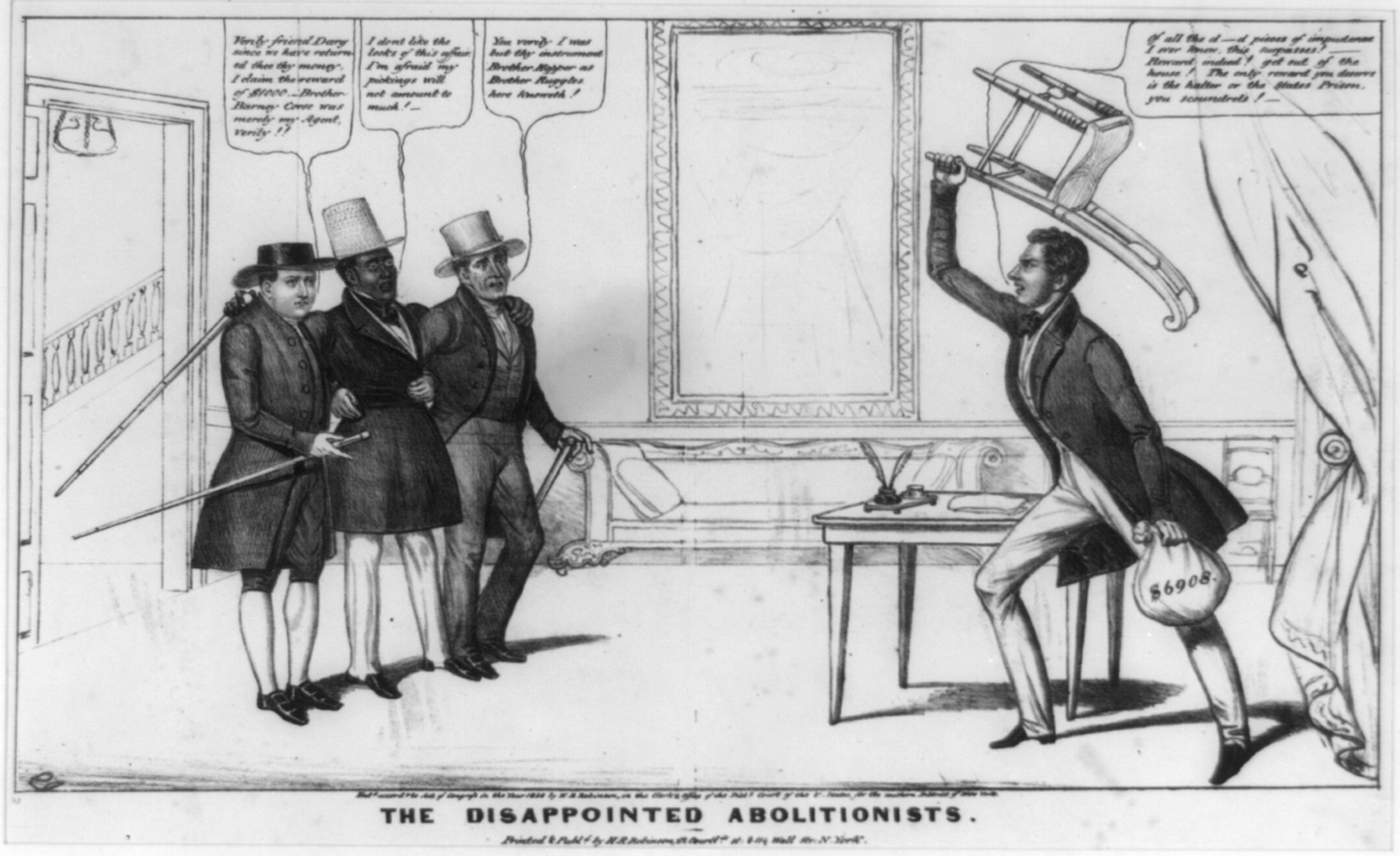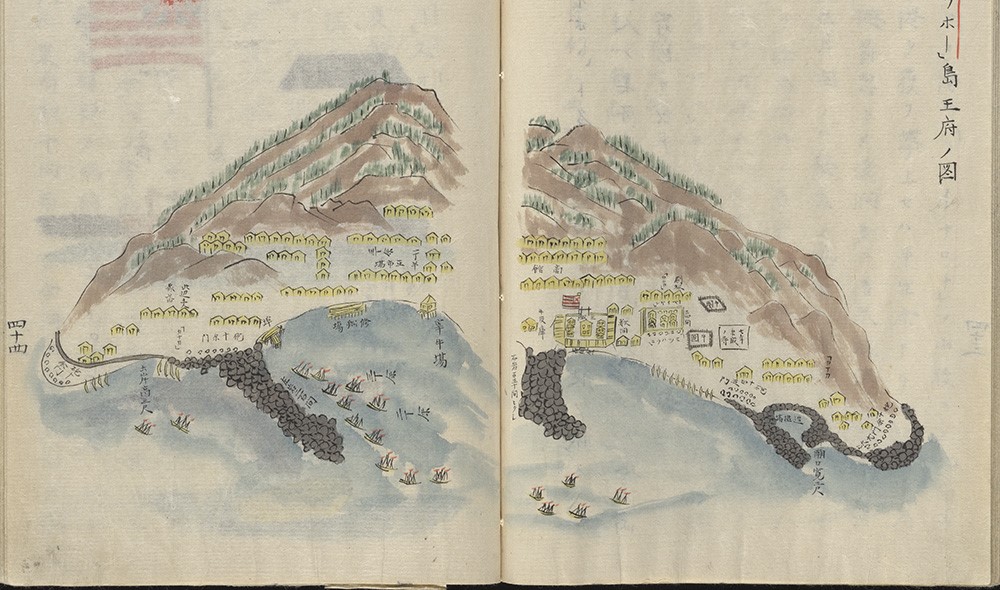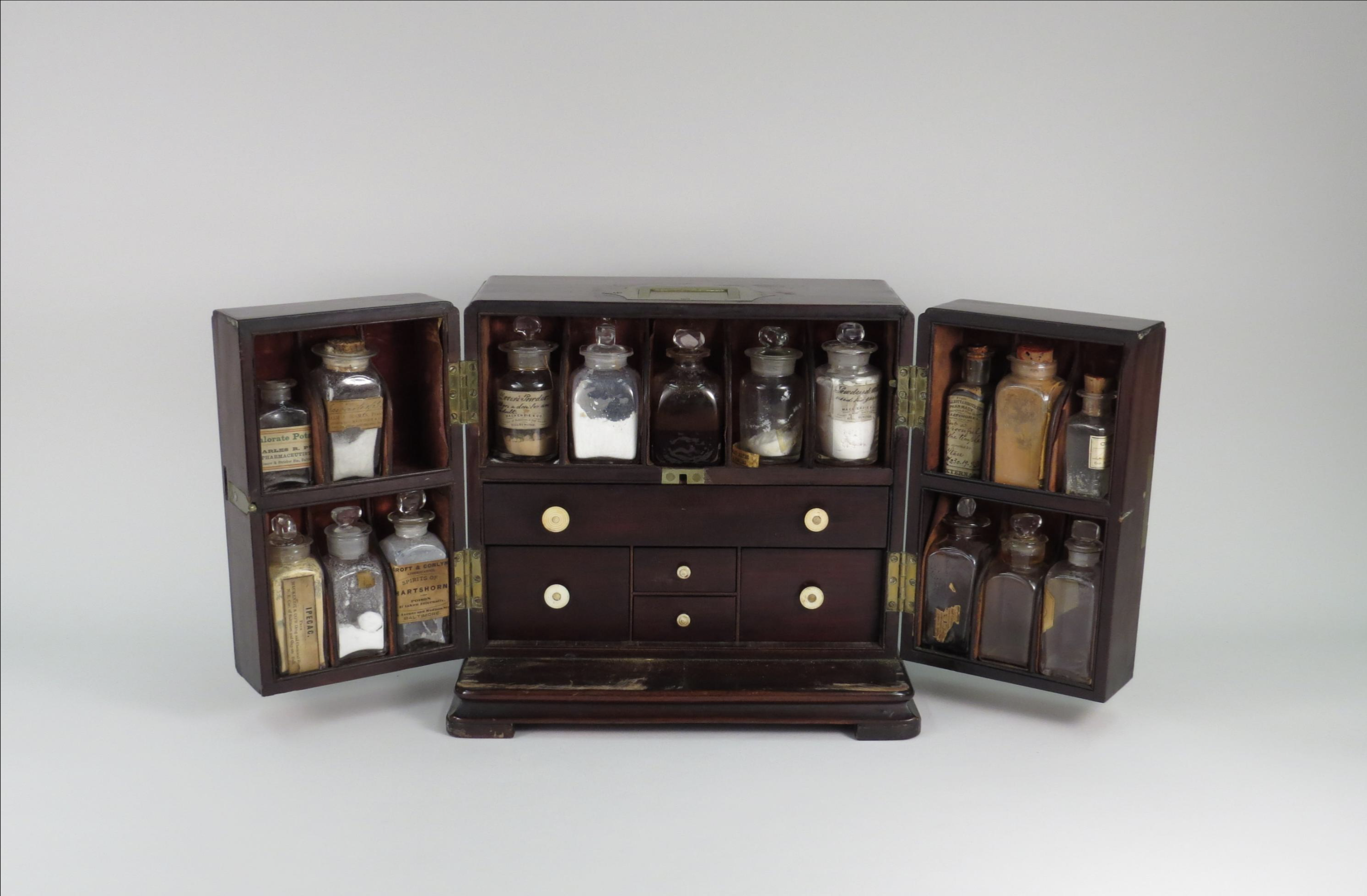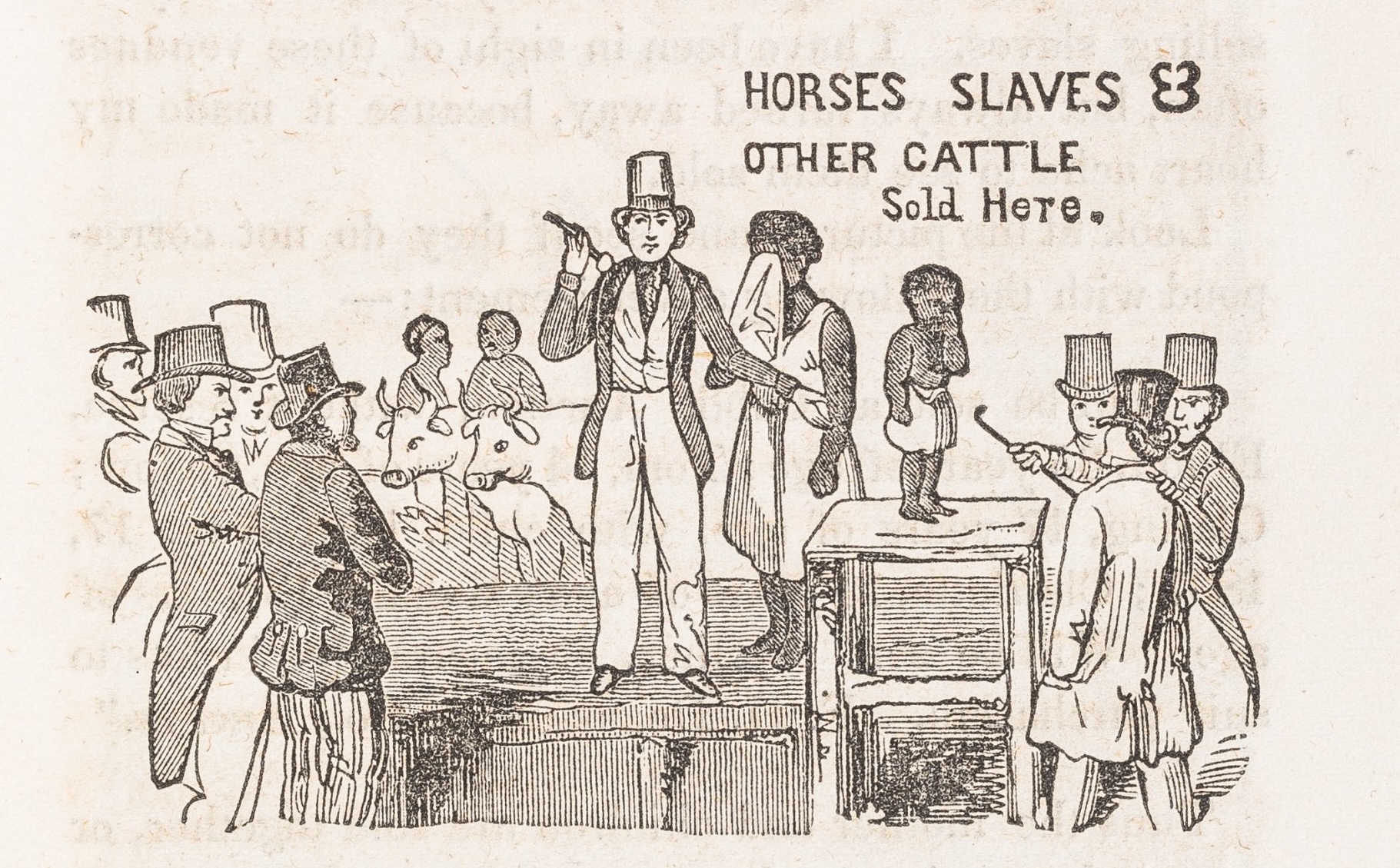Picture a gaggle of tourists along Boston’s Freedom Trail. Filing into Christ Church in the North End, the Old North Church of Longfellow lore, they prepare to hear of Robert Newman hanging signal lanterns and Paul Revere’s Midnight Ride. In between the tour guide’s talk, an observant visitor glances at pews 46 and 47 and sees a brass marker reading “The Bay Pew: This Pew for the use of the Gentlemen of the Bay of Honduras, 1727” (figs. 1, 2). The public historian/docent in me hopes they ask questions. What were people—gentlemen, no less—from the Bay of Honduras doing in Boston at this Anglican church? What is the deal with their fancy double-pew? Why does their story matter? And how does it fit into larger understandings of early American religion?
As it turns out, the Gentlemen of the Bay played a pivotal if unheralded role in funding the church’s famous steeple. Their relationship with Christ Church began in 1727 when they donated 107 tons of logwood, a valuable dyewood harvested along the many feeding rivers in the Bay of Honduras (present-day Belize). However, when I began researching the Baymen for the Old North Foundation—which since 1991 has engaged the public and preserved the church’s legacy—more questions than answers surrounded the Bay Pew and the men who sat there. While working as a docent at King’s Chapel, the oldest Anglican Church in New England, and continuing research on Boston’s interrelated Anglican Churches, I kept returning to the Baymen, as all logwood cutters were frequently referred to, and looking at Anglicanism from the perspective of outsiders and patrons, paying attention not only to the money they donated, but more particularly to material things, such as pews, artifacts, and commodities.
In only one other instance—naval officers who generously contributed toward King’s Chapel in 1694—were church members granted use of a special pew, making me even more curious about the Gentlemen of the Bay’s relationship with Christ Church. My search into their story first focused on entries in the Vestry Book of Records: descriptions of meetings where lay officials discussed important, often financial, matters. On June 9, 1727, vestrymen at the church voted as a gesture of thanks for the promised gift of logwood “That a Pew be expeditiously built next to the Pulpit and lin’d handsomely [with red cherry] for the use of the Gentlemen of the Bay of Honduras who have been or shall be Benefactors to this Church” (figs. 3, 4). Work on the transatlantic trade in logwood shows Boston was an important intermediary port between the logwood camps in Central America and European markets. In extant church correspondence, vestrymen and donors exchanged specialized commercial knowledge pertaining to the chartering of a vessel to fetch the wood from the bay, the hiring of crew, acquisition of a shallow-draft craft for navigating the rivers along the bay, and the best means of selling the wood to best effectuate the proceeds going to the church. While in danger of becoming lost in the minutia of commercial knowledge and transactions, I nevertheless became all the more fascinated at the connections between religion, commerce, and material culture that linked disparate parts of Britain’s Atlantic empire.
I naturally wondered why the Baymen donated to Christ Church. While seventeenth- and eighteenth-century English observers frequently caricatured logwood cutters as irreligious drunkards, rogues, and pirates, church records show the opposite. Several Baymen who were known in Boston solicited contributions from fellows along the Bay of Honduras, who, sight-unseen, supported this “Pious designe for helping to Carry on Compleat & finishing a Church in Boston in New England” (figs. 5, 6, and 7). Operating on the margins of empire, the Baymen yearned for connection. Material culture provides valuable and underutilized evidence of their lived religion. In correspondence between donors, for example, Baymen stressed their interest in the church and described the pew as “one of the best & largest & in the best manner sett out with [six] handsome Common Prayer Books” (fig. 8).
While I initially focused on pews as status symbols, prodding from a dissertation advisor helped me to read sources looking for religion. Indeed, beyond their satisfaction with the form and location of their exclusive pew, the Baymen saw the Prayer Books as signs of favor and status within the congregation and entry into worship. While many non-Anglicans viewed Prayer Books with suspicion and Puritan Increase Mather attacked them as formulaic and popish, Anglicans found in them a religious manual with forms of worship for all occasions, including at sea (figs. 9, 10). Just as patronage granted the Baymen favored physical status within this congregation, these six Prayer Books—and vital sacraments such as the burial of two unnamed Baymen in November 1739—united the Baymen in common liturgy with fellow Anglicans across the expanding English speaking world. Thinking about subscriptions—lists of individuals and pledged contributions—as evidence of religiosity, I honed my dissertation approach and looked at contributors to Anglican causes from Boston and across the Atlantic.
By giving this gift, the Gentlemen knowingly entered the fray of local religious politics. Christ Church, which in the words of the Baymen “is in Great want and is much Hated and Envyed by them who call themselves Puritans,” was a flashpoint in ongoing disputes between Anglicans and Congregationalists over the expansion of Anglican worship in New England and Christ Church’s polarizing first minister, who had resigned as president of Yale College to take Anglican orders. Therefore, Baymen in Boston urged dispatch in loading the promised wood: “This Charitable and Generous Act makes a great noise & appears to the Cred[it] & Reputation of you there and us hereof.” But if the donation should fail to materialize, “it would be a great hurt in all our proceedings and they would take us to be persons not of our words” (fig. 11). While these sources did not necessarily distinguish between the Baymen’s religious and commercial proceedings, reputation was a currency of its own. Benevolence purchased a respectability that could transcend religious denominations. For example, Peter Faneuil’s legacy rests on his civic donation of a town market, his numerous donations to Anglican causes and marriage to the daughter of Christ Church’s minister, and commercial ties to Protestants and Catholics in Bordeaux, Antigua, Barbados, Jamaica, Bilbao, the Canary Islands, the United Colonies, and England.
Beyond specific donations, I looked for more intimate relationships linking individual Baymen to Boston and Christ Church. Key word searches and hours of clicking and scrolling through Readex’s Early American Newspapers, 1690-1922, led me to a fascinating 1732 blurb in the Boston Gazette describing the Spanish capture of a vessel carrying women—wives, voluntary or involuntary sexual partners—for the logwood cutters. While the fate of these women is unclear, turning to Boston town records, I found one marriage between a Bayman of considerable visibility at Christ Church with a non-Anglican woman from a successful trading family. I counted that as a successful match. After all, religious intolerance makes for bad business.
Of course, the logwood gift was inextricably linked to intra-imperial conflicts over the territory and resources along the Bay of Honduras and interactions between Boston and the Baymen. Materials in the Massachusetts Archive Collection documented efforts by known logwood donors to protect property, including slaves, from Spanish guarda costas. In the early 1730s, newspapers covered the expulsion of British logwood cutters from the bay by an overwhelming Spanish force. In 1732, as a result of this expulsion, the Gentlemen consulted the church vestry to have the pew divided into two parts since their numbers were too few and pew too large (figs. 12, 13). Four years later, a group of Baymen donated twenty-one tons of logwood and requested that the “Baymens Pew be entirely restored to the Baymens use and no others by the consent and law of the undermentioned gentlemen.” The church gladly accepted these conditions. The proceeds from the sale—£323:10:8—were then “lay’d out towards finishing and handsomely completing the Steeple,” which was finished in August of 1740. The vestry penned a laudatory note in their book of record and singled the Baymen out for a special entertainment at a local public house later that fall (figs. 14, 15).
As the Baymen maintained their relationship with Christ Church, they also considered other options. In 1739, for example, members of Boston’s newest Anglican congregation, Trinity Church, requested donations and offered the Baymen a special pew in their newly opened building. While this came to nothing, over the next years the Baymen became immersed in the inner workings of Christ Church. Pew ownership was tied to more than status, with proprietors of full pews receiving a vote in church affairs, and in early 1741 Christ Church formalized its relationship with the Baymen by granting Captain William Richardson, a Bayman “partly established here and [a] constant comer to Church,” a vote on behalf of the whole. Richardson, who was also elected to the vestry, helped facilitate a gift of thirty tons of logwood. Another trusted intermediary, the captain of the charter, was dispatched to fetch the wood and carried a cask of brandy with instructions to treat the Baymen. Brandy, of course, was a more refined beverage than the usual rum, and this act suggested a regular custom of treating Baymen with libations to get the best wood. More importantly, this episode underscored the role of intermediaries and the range and variety of religious business and service that took place across the Atlantic: on board vessels, in public houses, far away from home congregations, and often lubricated with good spirits.
Vestry records, church correspondence, and subscription lists helped me find these elusive Baymen and also led me, perhaps not surprisingly, to a much larger and looser association of people who financially contributed and supported Boston’s Anglican churches. Baymen and other lay Anglicans were inevitably involved in worldly affairs. In April of 1744, newspapers reported that a Spanish privateer attacked and, after “a most desperate fight,” took Captain Richardson’s vessel as it entered the Bay of Honduras, leaving part of the crew ashore on a key and carrying Richardson and the remainder of the crew to Campeche. After transportation to Havanna, the Christ Church vestryman and defacto spokesman for the Baymen was freed as part of a prisoner exchange (fig. 16). Richardson arrived back in Boston soon after his release but did not remain there for long. By November, as commander of a privateer, he took several prizes off Newfoundland. He died of wounds sustained in battle in early 1745. The Boston Gazette and Vestry book similarly chart the exploits of Captain James Gruchy and the co-owners of the privateer Queen of Hungary, all of whom were vestrymen at Christ Church, who donated a set of decoratively carved cherubim and a chandelier liberated from a Spanish ship to the church. In June of 1746, the church vestry placed the cherubim near the organ and hung the chandelier in the body of the church, transforming religious materials bound for a cathedral in Catholic New France into refined fixtures in a Protestant church in Boston’s North End (fig. 17).
The Gentlemen of the Bay of Honduras were a unique interest group that straddled many religious, imperial, and commercial networks. Beyond their known involvement at Christ Church, Baymen interacted with Spanish governors and soldiers, Mosquito Indians, and English and Dutch merchants. As they did with Christ Church, they frequently acted collectively. In 1744, for example, the Boston-Evening Post reprinted a letter detailing a plan by all Baymen to trade exclusively with the Holland-based Hope Company in order to get a better price on logwood (fig. 18). Prolonged imperial conflict and market changes that shifted the trade to New York prompted the Baymen’s exit from Boston. On Sept. 5, 1759, the vestry “Voted Unanimously that the large pew on the North side of the Church, called the Bay Pew, be divided by a partition and made into two convenient pews, & that the Wardens have power to dispose of the same for the most they will fetch for the benefit of the Church” (fig. 19). Always hurting for money, the wardens did just that.
While I have been unable to pin down the exact details of the Baymen’s final years in Boston, I have enjoyed the search. Within the study of early American religion, which I believe too often focuses on clergy, the Gentlemen of the Bay of Honduras made for a perfect introduction to Anglicanism. They offer a way to follow monetary and material contributions by a colorful cast of merchants, smugglers, privateers, and public-minded and respectable types. From this lay vantage point, we can better understand the intersections of religion and commerce in early America. The Baymen similarly help us better appreciate the built and material environment. Through their story, we can see the vital liturgical ties that centered on the church and its diverse congregation of elite, ordinary, and impoverished white parishioners and often ignored numbers of free and enslaved people of color. We can simultaneously see material things and people as both worldly and religious. For that, I raise to them a glass of brandy.
Further Reading
Old North Church (Christ Church in the City of Boston) records, Massachusetts Historical Society.
Christine Baron, “One if by Land! Two if by River? Or, What if Everything You Thought You Knew were Wrong?” The History Teacher 43 (2010): 605-613.
Michael A. Camille and Rafael Espejo-Saavedra, “Historical Geography of the Belizean Logwood Trade.” Yearbook. Conference of Latin Americanist Geographers 22 (1996): 77-85.
Ross A. Newton, “‘Good and Kind Benefactors:’ British Logwood Merchants and Boston’s Christ Church,” Early American Studies 11:1 (2013): 15-36.






















